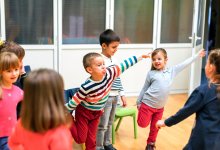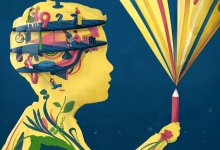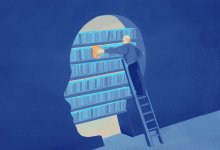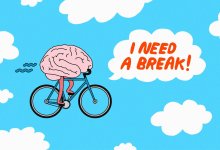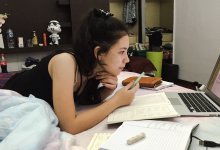Brain-Based Learning
Explore the mysteries of the human brain! Find out how discoveries in neuroscience provide insights into how students learn—and how to engage them in the classroom.
Bolstering Effortful Thinking With Think, Ink, Pair, Share
Adding a writing step to this common classroom practice helps teachers ensure that every student is getting the opportunity to think deeply about a question.Your content has been saved!
Go to My Saved Content.Using Theater Games to Build Students’ Working Memory
By holding onto the information necessary to play certain games, students develop skills that lead to academic success.Your content has been saved!
Go to My Saved Content.7 Research-Backed Ways to Boost Working Memory in Math
Short-term memory is finite and fills up quickly. Here are 7 ways we can free up space for clearer-headed mathematical thinking.Why Ages 2-7 Matter So Much for Brain Development
Rich experiences—from play to the arts and relationships—fundamentally shape a young child’s development.2.5MYour content has been saved!
Go to My Saved Content.15 Tips to Align Your Teaching With Brain Science
A comprehensive guide to applying the latest insight from neuroscience, psychology, and cognitive science to improve your instruction.Teach Kids When They’re Ready
A new book for parents on developing their kids’ sense of autonomy has some useful insights for teachers as well.2.1MYour content has been saved!
Go to My Saved Content.Making Retrieval Practice a Classroom Routine
By regularly working in activities that get students to recall content they’ve learned in the past and apply it, teachers can ensure deeper understanding.Jump-Starting Academic Learning With Movement and Dance
The benefits of movement in the classroom aren’t limited to younger students. Pairing new words and concepts with gestures or dance moves locks in understanding—and active brain breaks prime students to learn even more.499.8kYour content has been saved!
Go to My Saved Content.3 Ways to Help Students Overcome the Forgetting Curve
Our brains are wired to forget things unless we take active steps to remember. Here’s how you can help students hold on to what they learn.15 Quick (and Mighty) Retrieval Practices
From concept maps to flash cards to Pictionary, these activities help students reflect on—and remember—what they’ve learned.The Powerful Effects of Drawing on Learning
The science is clear: Drawing beats out reading and writing to help students remember concepts.1.5MYour content has been saved!
Go to My Saved Content.Brain Breaks for Your Classroom
Everyone Needs a Brain Break!362.3kYour content has been saved!
Go to My Saved Content.Activating Learning by Milling to Music
When students pretend they’re at a fancy party making small talk, a simple brainstorm for writing ideas becomes more lively, more cooperative—and more effective.464.8kYour content has been saved!
Go to My Saved Content.5 Research-Backed Studying Techniques
Teachers can guide students to avoid ineffective studying habits in favor of ones that will increase their learning outcomes.1.1MYour content has been saved!
Go to My Saved Content.Using Movement to Teach Vocabulary
When students explore new words through movement, they understand them better, retain them longer, and feel more empowered to use them.

